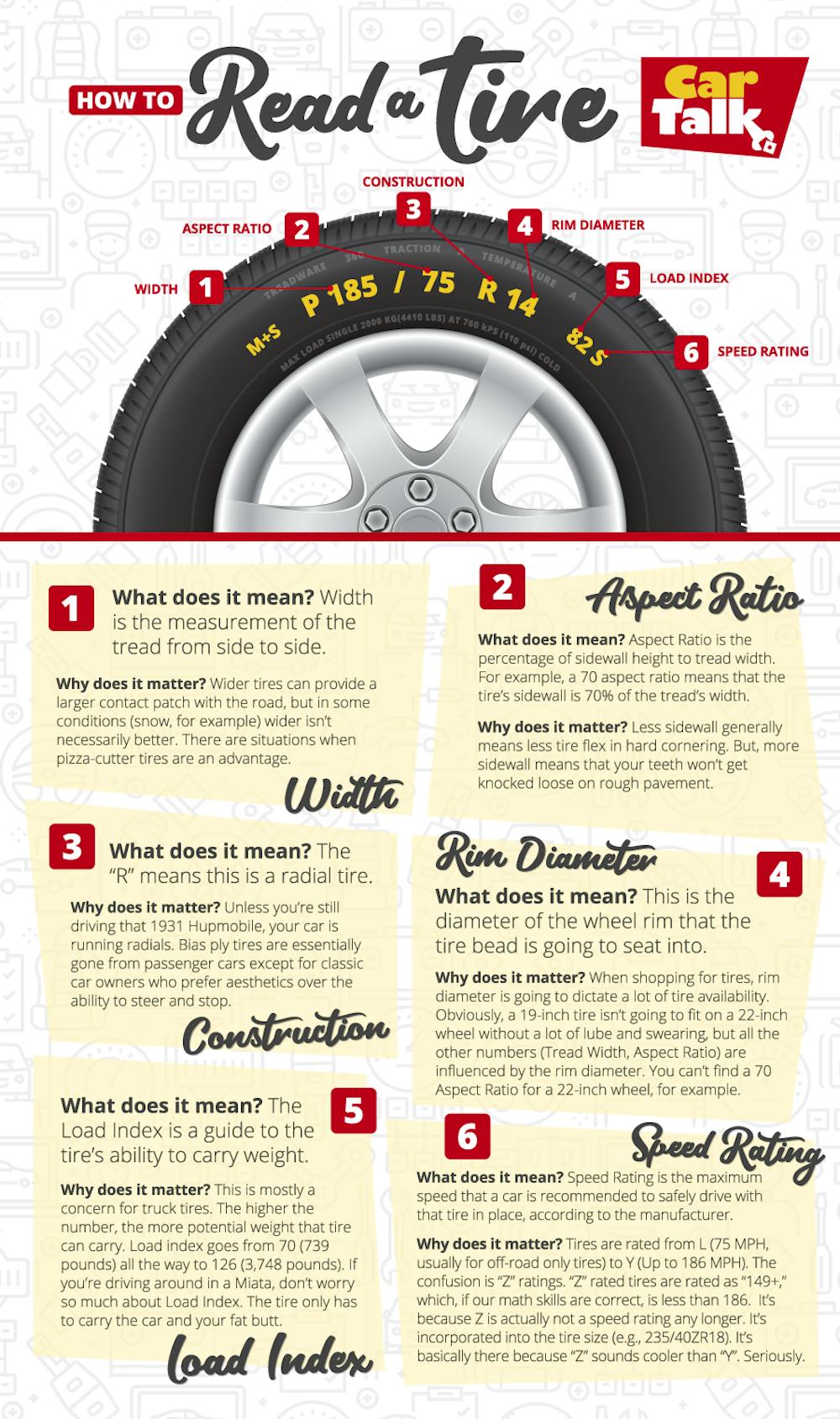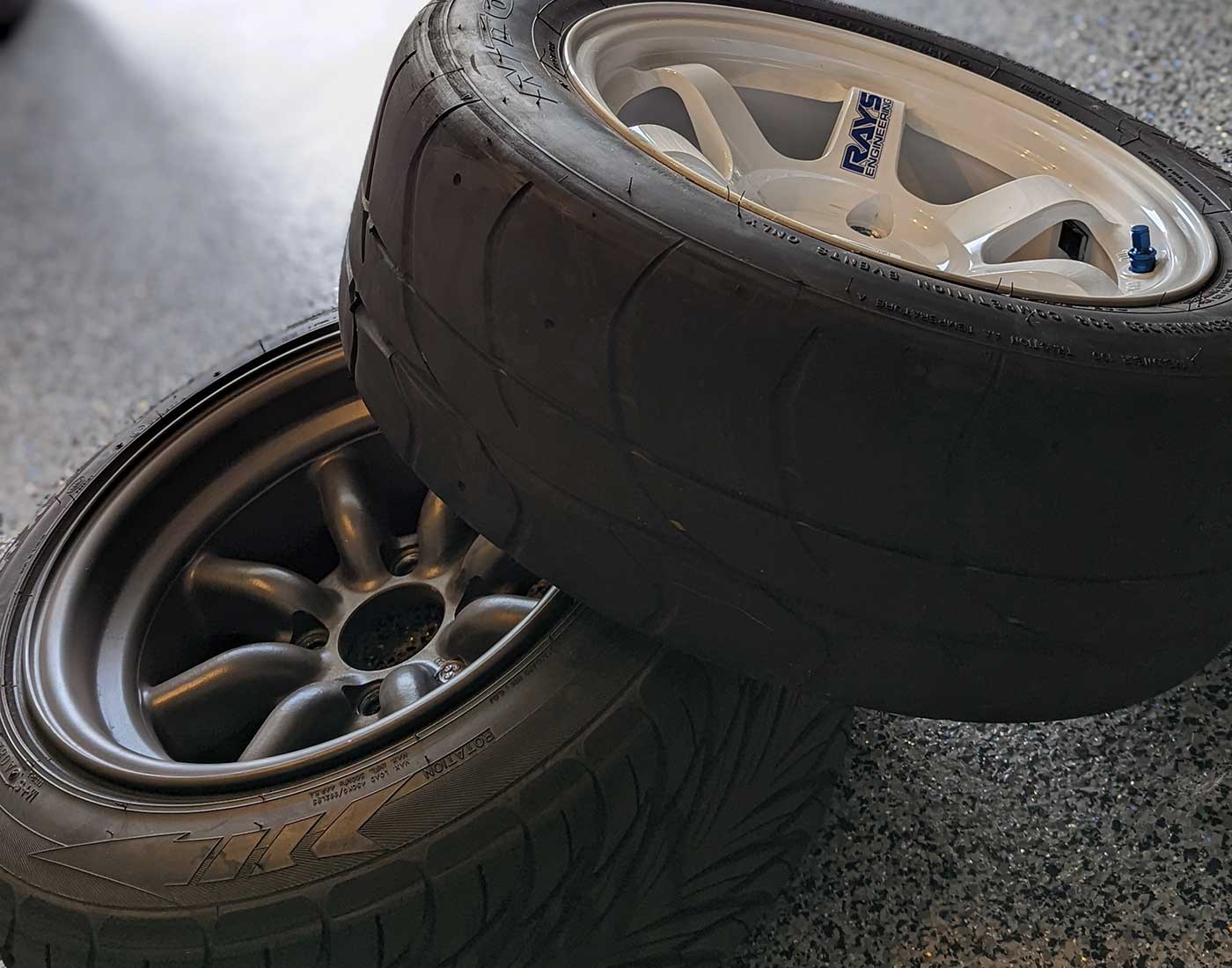All Categories
Featured
Table of Contents
The Michelin used a comfortable driving experience, characterised by receptive guiding and a dynamic understeer balance. In spite of the cooler testing problems, Michelin's regular time and hold over three laps shows its viability for real-world applications. On the other hand, Yokohama's performance was distinctive. While its super-quick steering resulted in a rapid front axle turn, the back showed a propensity to turn a lot more.
The tire's first lap was a 2nd slower than the second, directing to a temperature-related grip boost. For day-to-day usage, the Michelin may be a much safer wager.
Trusted Tyre Rotation Services
It shared Michelin's secure understeer equilibrium yet did not have the latter's determination to transform. Continental and Goodyear's efficiencies were remarkable, with Continental's new PremiumContact 7 showing a substantial renovation in damp problems compared to its predecessor, the PC6. This model was far much less delicate to fill changes and acted just like the Michelin, albeit with a little much less interaction at the limit.
It combined the risk-free understeer equilibrium of the Michelin and Continental with some flashy handling, confirming both predictable and quick. As an all-rounder for this Golf GTI, Goodyear's Uneven variety was the standout, showing impressive efficiency in the wet. Finally, the Bridgestone Potenza Sport took the crown as the fastest tyre, albeit by a tiny margin.
This tyre obtained grippier as it heated up, comparable to the Yokohama. Vehicle drivers looking for an amazing wet drive could locate this tire worth taking into consideration. The standout entertainer in damp braking was the most recent tire on examination, the PremiumContact 7, though the outcomes are nuanced. We conducted damp stopping tests in three different ways, two times at the brand-new state and when at the used state.
Honest Tyre And Wheel Services Near Me – Stirling
Preferably, we wanted the cold temperature level examination to be at around 5-7C, however logistical delays suggested we examined with an average air temperature level of 8C and water at 12C. While this was cooler than basic test problems, it was still warmer than real-world problems. The warm temperature level examination was done at an average of 18C air and 19C water.
The third run included damp stopping tests on worn tires, specifically those machined to 2mm with a small run-in. While we meant to do even more with these worn tires, weather constraints restricted our screening. Nonetheless, it deserves noting that damp braking is most critical at the used state, as tyres usually enhance in dry problems as they put on.

It shared the most considerable efficiency drop, together with the Yokohama, when used. Bridgestone, Goodyear, and Michelin saw the least efficiency decrease when put on. Bridgestone and Goodyear's efficiency dipped in cooler problems. The Hankook tyre signed up the tiniest performance drop as temperatures cooled down, but it was among the most affected when put on.
Reliable Tyre Packages Near Me
The take-home message right here is that no single tire mastered all aspects of damp stopping, showing a complex interplay of aspects influencing tire performance under various problems. There was a standout tire in aquaplaning, the Continental ended up top in both straight and curved aquaplaning, with the Michelin and Goodyear likewise excellent in much deeper water.

Yokohama might benefit from slightly even more grasp, an issue potentially influenced by the cooler conditions. When it comes to dealing with, all tires carried out within a 2% range on the lap, demonstrating their top notch efficiency (Tyre upgrades). Thinking about these tyres essentially target the exact same client, it's fascinating to observe the considerable distinctions in feeling.
The surprise is since the PremiumContact 6 was just one of my favourites for sporty dry drives, but its successor, the PremiumContact 7, seems a lot more mature and resembles Michelin's performance. Among these, Hankook was the least accurate in guiding and interaction at the restriction. Tyre rotation services. Both Michelin and Continental supplied beautiful initial steering, albeit not the fastest
If I were to advise a tire for a quick lap to a novice, claim my papa, it would be just one of these. We have the 'enjoyable' tires, particularly Yokohama and Bridgestone. Both were swift to guide and felt sportier than the others, but the compromise is a much more spirited back side, making them a lot more tough to take care of.
Tyre Shop – Dianella
It offered comparable steering to Bridgestone but used better feedback at the limitation and far better grasp. The Bridgestone Potenza Sport, nevertheless, seemed to deteriorate fairly rapidly after simply three laps on this requiring circuit. Finally, there's Goodyear, which placed itself somewhere in between the fun tires and those often tending towards understeer.
Overall, these tires are outstanding performers. For road usage, I would certainly lean in the direction of either the Michelin or Goodyear, relying on your certain preferences. In terms of tyre wear, the technique used in this test is what the sector refers to as the 'gold requirement' of wear. The wear professionals at Dekra performed this test, which entailed a convoy of vehicles going across a carefully intended route for 12,000 kilometres.
Both the Bridgestone and Yokohama tires substantially underperformed in comparison to the various other four tyres in regards to rolling resistance, with Continental slightly exceeding the remainder. Pertaining to the comfort degree of the tires, as prepared for, many demonstrated an inverted connection with handling. The Continental, Michelin, and Goodyear tyres performed ideal across different surface kinds checked.

Bridgestone began to reveal indications of suppleness, while Yokohama was particularly disconcerting over holes. We did gauge internal noise levels; however, as is commonly the situation, the outcomes were closely matched, and due to weather constraints, we were not able to conduct a subjective analysis of the tyres noise. We looked at abrasion numbers, which gauge the quantity of tyre tread lost per kilometre, normalised to a one-tonne automobile.
Trusted Discount Car Tyres Near Me
This number represents the amount of rubber dirt your tyres generate while driving. Michelin led in this category, generating over 9% less rubber particle issue.
Latest Posts
Wheel Alignment Services Near Me – Stirling
Best Cost-effective Car Tyres Near Me – Embleton 6062 WA
Honest All-season Tyres